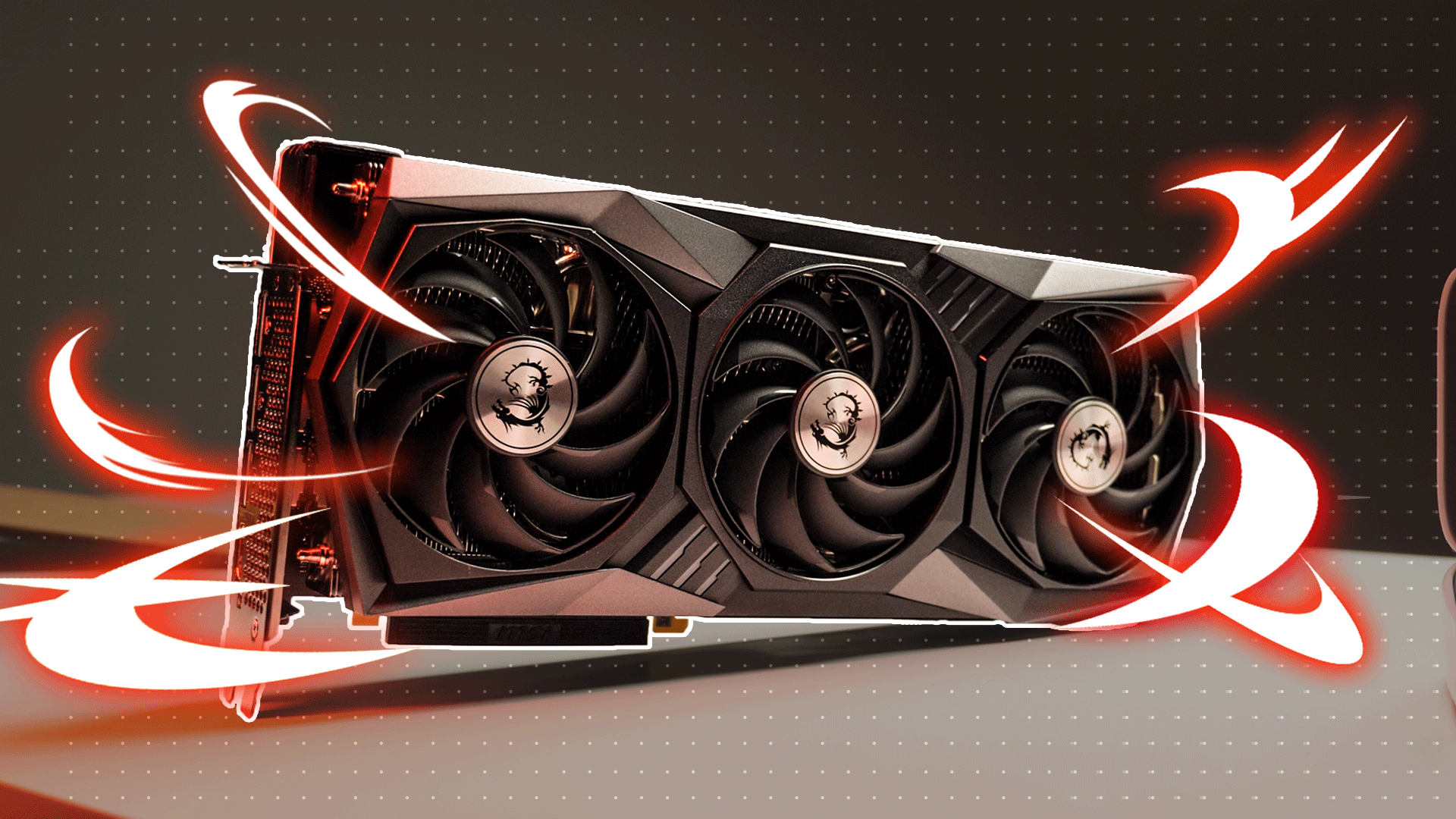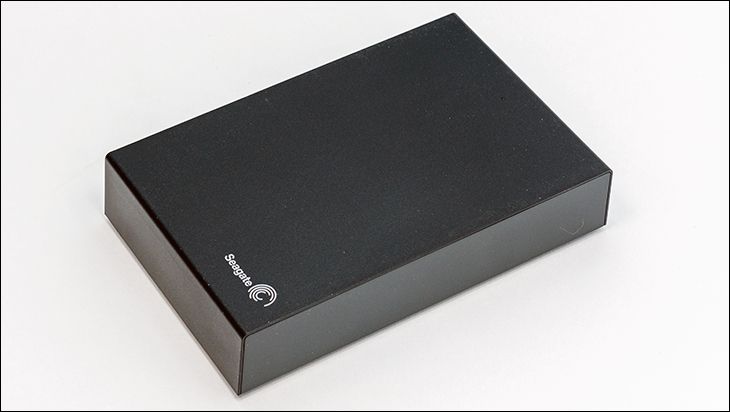Final Score: 90% / 90 out of 100
As we have said in the past, and probably will in the future, the days of hard disk drive based “portable” external storage solutions ruling the roost are long gone. Most people don’t even realize that they are still being made… or at least do not realize that fact until they need to move a lot of data over a ‘sneaker net’ without paying a fortune. That is unfortunate as every single professional we know always has at least one in their toolbox – as their capacity to price ratio is unbeatable, and their portability is pretty decent too. The downside of course is HDD based model are much, much more fragile than their solid state counterparts. That is why LaCie’s “rugged” line has always been a cult classic. Relatively high asking prices or not.
What if there was a less expensive alternative? One that gives up just a bit in durability, portability, or even performance aspects compared to the niche LaCie models? That pretty much is the question Silicon Power’s design team asked themselves when they set out to make the Armor line of drives, and finally they have one that is arguably not just as good as LaCie but better. Much like LaCie the external ‘armor’ consists of both hard and soft components to ensure that blunt force trauma and cutting trauma get shrugged off with ease. Much like (HDD based) LaCie, the Armor A66 makes use of a Seagate Mobile 2.5-inch hard drive. Much like LaCie they come in a wide variety of capacity options. Much like LaCie it makes use of a USB to SATA controller on a small, detachable PCB. Unlike LaCie it does all that and offers built in USB cord storage that does not stink on ice. Better still, and also unlike LaCie, it does all that and also only costs about 35 dollars per Terabyte of capacity.
Now with all that said the Armor A66 is not perfect. Close… but not perfect. There is still room for improvement. The most obvious is their reliance upon rather dated storage technology. This is a model that cries out for a 7200rpm hard drive like the Seagate BarraCuda Pro line. This is a model that cries out for a NAND based variant. This is model that cries out for a more modern interface like USB Type-C instead of the oddball Type-A that Silicon Power loves to use. Of course, any and all of those improvements would increase the price… but this design is good enough to have a premium ‘Pro’ variant. Beyond performance enhancements the other area is the integrated USB cable carrier. Yes, it works and works rather well…but the cable headers are swinging in the breeze with no protection. A bit of molding to the silicon portion of the case so that the ends were ‘tucked in’ / protected would further refine the underling design and make the A66 even better.
These however are all nit-picks. Simply put, it may have taken them a while (and many iterations)… but finally Silicon Power has created a true LaCie competitor. One that can make one heck of an argument for why you should save a (relatively) lot of money and go with Silicon Power’s offering rather than the more well-known brands. For that the Armor A66 deserves and demands to be on your shortlist. So much so you can basically ignore 99 percent of the competition and blindly buy this model. The only ones who should skip it are those wanting better performance… or need an portable storage device that can be run over by a car and keep on ticking.
![]()
The Review
Silicon Power Armor A66
Now with all that said the Armor A66 is not perfect. Close… but not perfect. There is still room for improvement. The most obvious is their reliance upon rather dated storage technology. This is a model that cries out for a 7200rpm hard drive like the Seagate BarraCuda Pro line. This is a model that cries out for a NAND based variant. This is model that cries out for a more modern interface like USB Type-C instead of the oddball Type-A that Silicon Power loves to use. Of course, any and all of those improvements would increase the price… but this design is good enough to have a premium ‘Pro’ variant.









